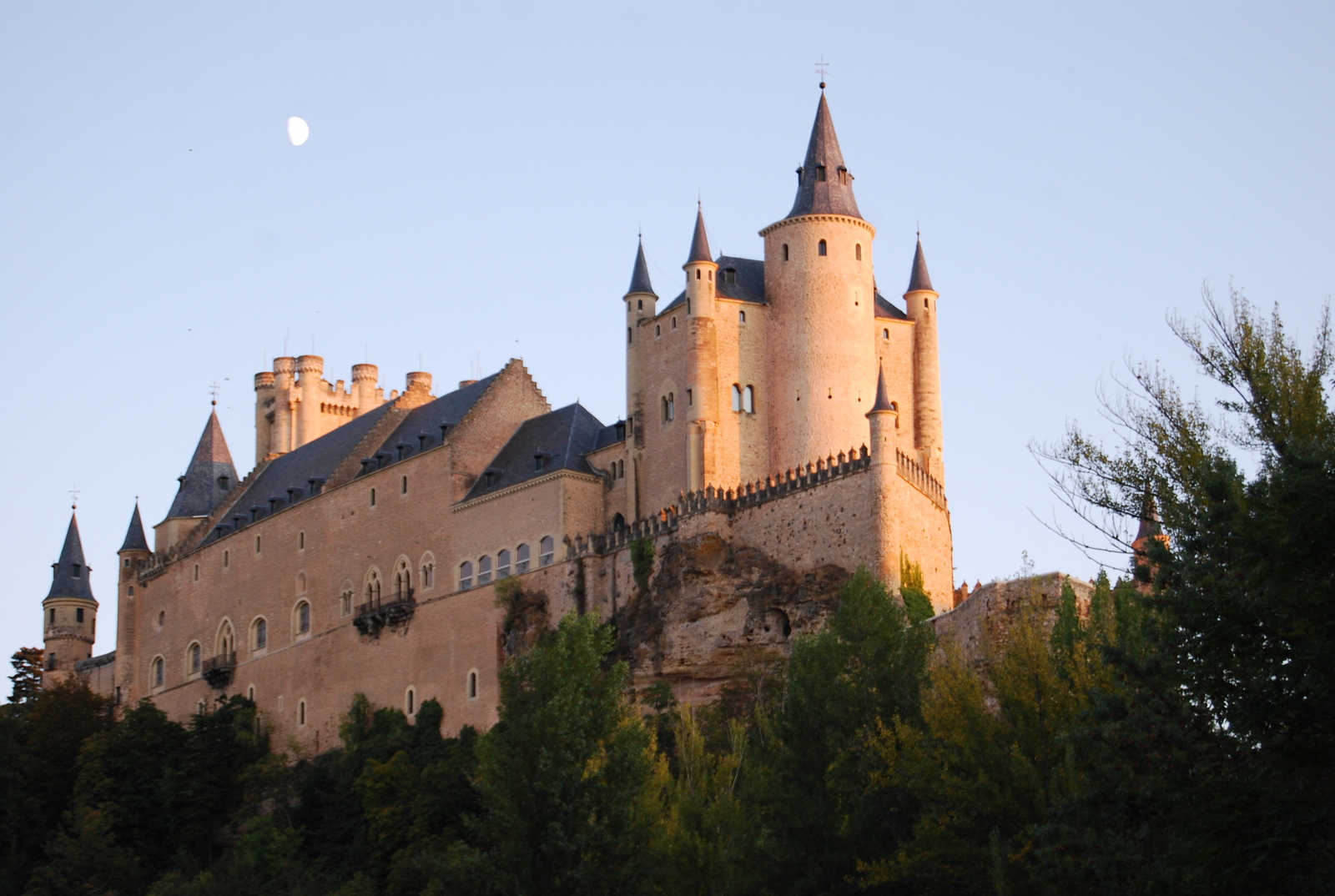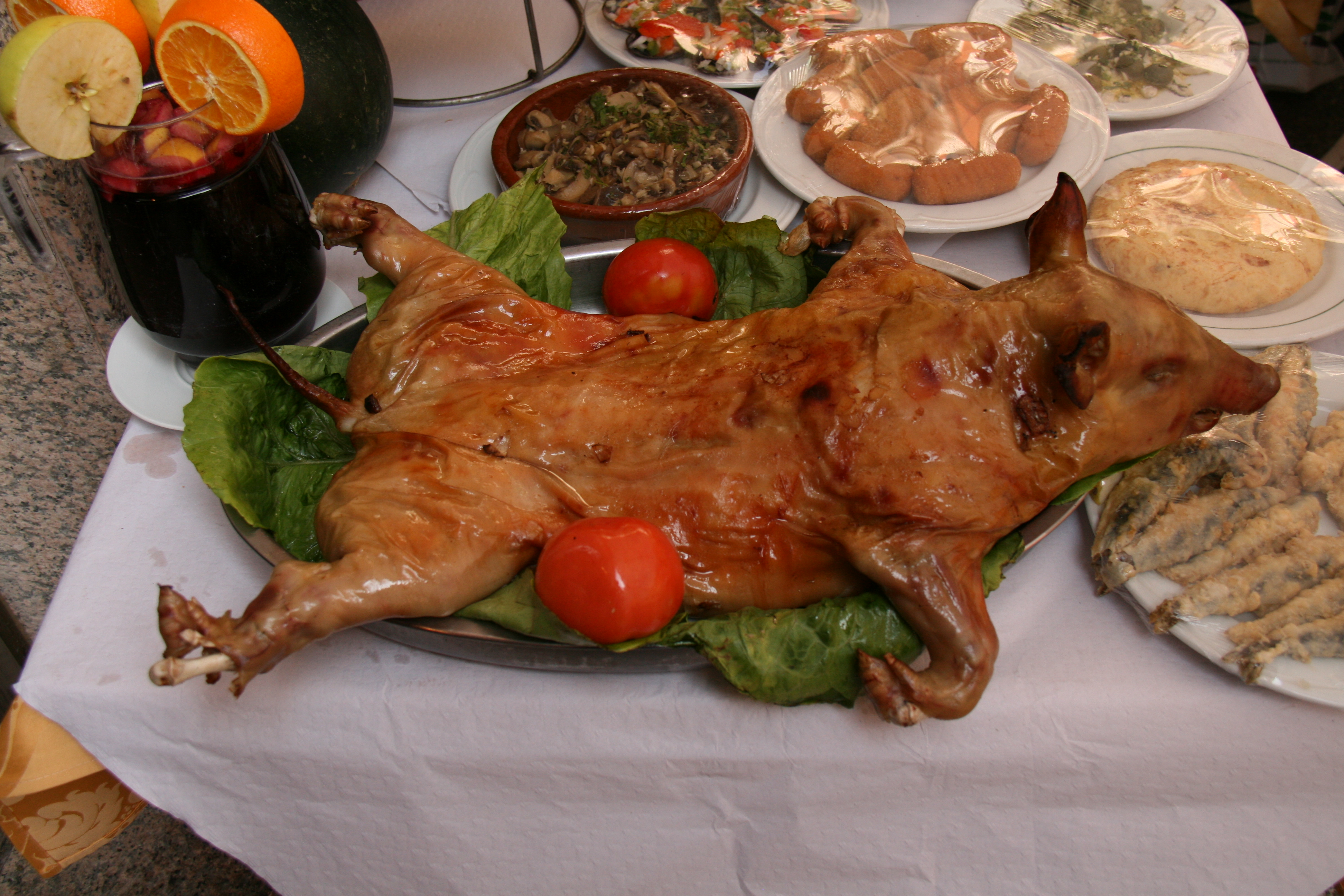- HomeWelcome
-
LearnAbout Us
- Our Approach
-
Our Team
- Abbie Andrew
- Andréanne Annis
- Angela Barnhart
- Megan Bendiksen
- Colin Burke
- Amber Burks
- Sarah Cole
- Wenyi Chu
- Evan Czyzowski
- Robert Delorie
- Peggy Durbala
- Our News
- Our Travel Insurance
- Our Cancellation Policy
-
EXPLOREOur Destinations
- TRAVELMake it happen
- MANAGEYour Trip
- CONTACTCustomer Care
Highlights of Segovia
Roman Aqueduct
The Aqueduct is the first thing you see when you arrive in Segovia and stuns anyone who visits it because of its impressive size and age. It was built by the Romans sometime during the 1st century AD, has survived attempted destruction, and weathered the elements to remain one of Spain’s greatest Roman treasures. It is also called the “Devil’s Bridge” for the legend that surrounds its construction. According to the legend, there once was a young water-seller named Juanilla who fetched water every day from a spring. As the work became harder and harder she became desperate and struck a deal with the Devil, who said he would build the Aqueduct before the next daybreak in exchange for her soul.
She realized what a mistake she had made, but luckily the Virgin saved her and brought daybreak earlier than normal, so the Devil could not take her soul. The people laid the last stone of the Aqueduct and the girl never had to fetch water again. Supposedly, the tiny holes left in the stones represent the dents made by the Devil’s fingers as he picked them up, but they are actually slots for the hooks that hoisted the stones up. This Aqueduct ran water to the city all the way from a river about 10 miles away until 1884. And guess what’s on Segovia’s coat-of arms? The Aqueduct!
Cathedral de Segovia
After the previous cathedral was destroyed in a rebellion against the king in 1520, a new cathedral was built. It is one of the last European cathedrals to be built with gothic-style architecture, and the original spire was completely built out of wood from the Americas! That has since been replaced, but seeing how tall the tower is makes it quite an impressive feat. The cathedral is constructed on the tallest point in Segovia, and when it is lit up at night, it is very beautiful. One of its most unique features are its 65 windows, most of which are beautiful pieces of stained glass.
Alcázar

Segovia’s Alcázar is a fairy-tale like castle that has served many different purposes throughout the centuries. It was first envisioned as a fortress, then a royal palace, then State Prison, then Royal College of Artillery and a historical archive. From 1764 to 1862 the Alcázar was the Royal College of Artillery, and it trained almost all of Spain’s officers until a fire damaged much of its insides. Today it is a General Military Archive and as well as a museum showcasing Segovia and Spain’s history. Many of the rooms have been beautifully restored and decorated to help you imagine what it was like to live here. Does its outside appearance remind you of another famous castle? If so, you’re right! This castle was one of the inspirations for Walt Disney’s Cinderella castle.
Dinner of Cochinillo Asado

Have you seen photos of the suckling pig that is so famous in Spain? Its birthplace is right here, and you won’t find a better cochinillo asado than in Segovia. There are strict rules for which pigs they can use, and it takes a few hours to cook in the oven before it comes out brown and crispy.